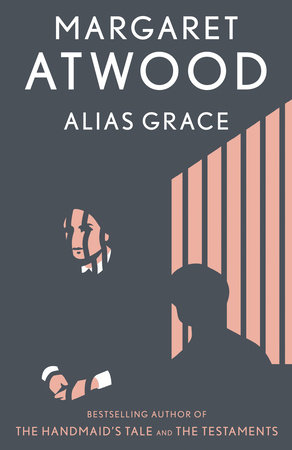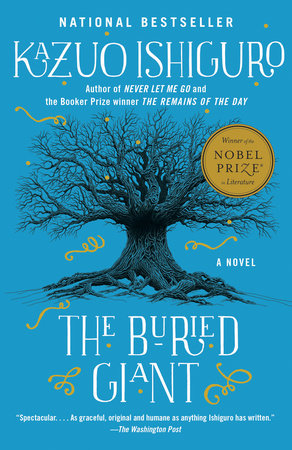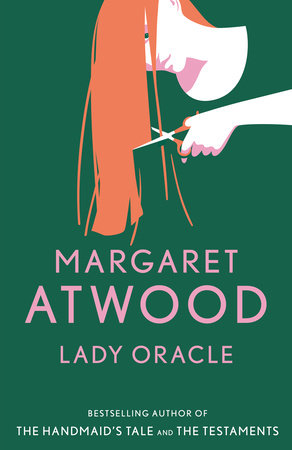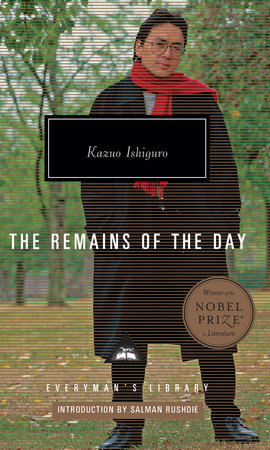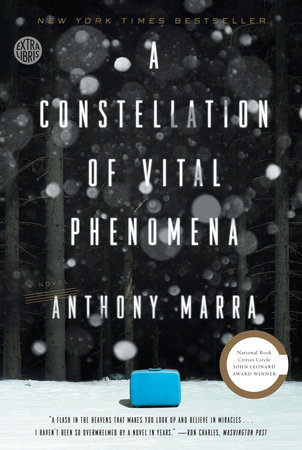Q: Many of the characters in Alias Grace, including Grace Marks, are historical figures. How did you first discover this story?
A: I came across it a long time ago when I was writing a series of poems about one of the people who makes an appearance in the book–Susanna Moodie, who wrote the story. But she wrote it, as she says, from memory, and she got a lot of it wrong, as I found when I went back to the actual newspapers of the time and went into things such as the prison records. It always bothered me that the story Moodie told was so theatrical. It made you wonder, could it really have been like that? And when I went back to check, in fact, it wasn’t. She had done a certain amount of embroidery.
Q: How did you determine when to stick to the facts, and when to fictionalize?
A: When there was a known fact, I felt that I had to use it. In other words, I stuck to the known facts when they were truly known. But when there were gaps or when there were things suggested that nobody ever explained, I felt I was free to invent. For instance, Mary Whitney was the name that appeared as Grace’s alias in the picture that accompanies her confession, but none of the commentators ever mentions a thing about it. Although people at the time may have set down a version of events, you can’t actually go back and question them. And they leave out the things that you would most like to know. People don’t have the consideration to foresee that you might be interested in this stuff 150 years later.
Q: What was the most challenging bit of history for you to find?
A: The most difficult thing I had to discover was at the very beginning–I tried to find Thomas Kinnear. It turned out there were two Thomas Kinnears, and one of them would have been about seventy-three years old at the time of the murders. I figured it couldn’t have been him–otherwise you wouldn’t have had the steamy element of the story, with Thomas Kinnear having a mistress who was his housekeeper, and some people feeling that he was also flirting with Grace. So I went looking for him, and I couldn’t find his grave or Nancy’s grave, although I knew where they were supposed to be buried. I discovered that they really were buried there, but in unmarked graves. I did finally trace Kinnear back through the Scottish end, and it appears that he was the half brother of a man who lived in Scotland. But the Burke’s Peerage listing for the family shows Thomas as dying in the year when he turns up in Canada. In other words, it’s the age-old English point of view that going to Canada is the same as death. It’s also true, however, that Scottish families often felt that it was as scandalous to be murdered as to do the murdering, and the Kinnears may have tried to cover up the murder.
Q: How differently do you think Grace would have been treated today–psychiatrically and judicially?
A: It would be a very different kind of trial. Today you would have expert witnesses. There weren’t any then, you didn’t have any of that at all. And certainly psychiatry as we have it today was not recognized as a science in the same way then. There were medical practitioners who were interested in it and people who were studying mental conditions, but there was nothing like the kind of establishment we have today.
Q: Grace often felt that people were curious about her less because she was a "celebrated murderess" than McDermott’s "paramour." What role did the Victorian attitude toward sex play in her treatment?
A: About the same as it would now. She certainly was celebrated, by the way. People went to see her the way you would go to see the elephant in the zoo. In those days you could visit prisons and insane asylums as a tourist attraction. People would go to the prison and say, "Here I am, and I’d like to see Grace Marks." And she would be trotted out for them to look at. The question is, would they have been as interested if there hadn’t been a sex angle? Well, probably not, same as now. The big question for them was: Did she or didn’t she? And there were things to be said on either side. For instance, although she had run off with McDermott, when they got to the tavern in Lewiston, they had separate rooms. It was generally assumed that it was that kind of relationship, but Grace is not on record anywhere as having said so.
Q: In your afterword, you write that the attitudes people had toward Grace "reflected contemporary ambiguity about the nature of women." What do you mean by that?
A: One group felt that women were feeble and incapable of definite action; that is, Grace must have been compelled by force to run away with McDermott and that she was a victim. Other people took the view that women, when they got going, were inherently more evil than men, and that it was therefore Grace who had instigated the crime and led McDermott on. So you had a real split between woman as demon and woman as pathetic.
